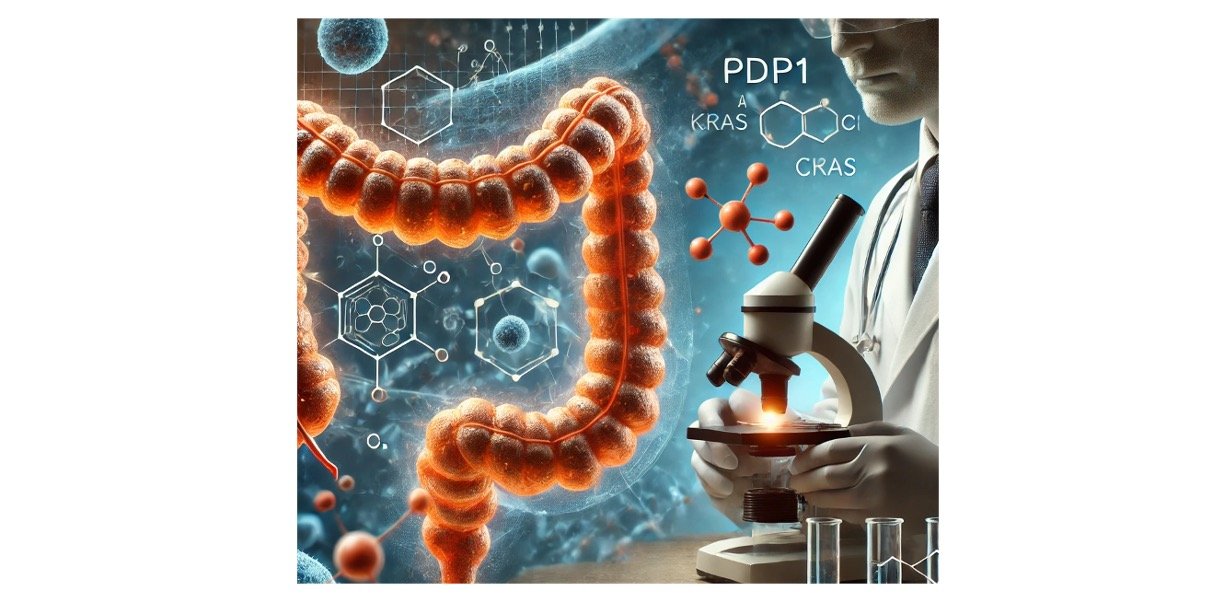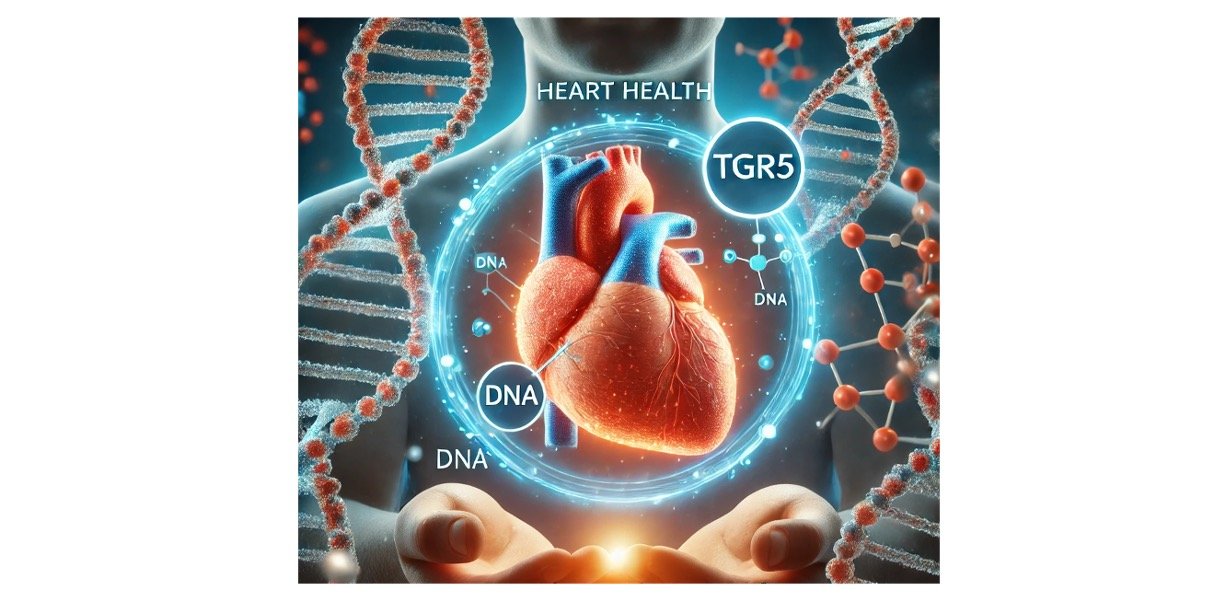Table of Contents
Oxidation Definition
Oxidation can be defined as the gaining of an oxygen atom and its reverse is losing an oxygen atom is called as Reduction. Thus, the process in which electrons are lost in a reaction, is called as Oxidation. The reaction in which electrons are gained is called as Reduction.
Oxidation Example
For example, in this reaction, CuO+Mg →MgO+Cu , electrons are gained by copper and lost by magnesium.
Another example could be that of hydrofluoric acid where fluorine is reduced and hydrogen is oxidized, H2+F2→2HF. Thus, to make hydrofluoric gas, hydrogen and fluorine are required.
i). Using oxygen to carry out oxidation: Oxidation using oxygen has been previously done and it is known that the first oxidizing agent at that time was oxygen. However, oxygen is added when there is loss of electron. An example of oxidation is 2Fe+O2 → Fe2O3 In this case oxidation of iron leads to the formation of iron oxide, also known as rust.
ii). Using hydrogen to carry out oxidation: This is the opposite of the oxidation of oxygen. In oxidation there is gain in oxygen and loss of hydrogen, whereas in reduction, there is loss of oxygen and gain in hydrogen atoms. An example is CH3CH2OH → CH3CHO. There is loss of hydrogen as ethanol gets oxidized.
iii). Oil rig chemistry: Oxidation and reduction can be understood with oil rig. “Oil” means oxidation is loss and “rig” means reduction of electrons. It is concerned with electrons only not hydrogen or oxygen. For example, if hydrogen has lost a electron, it has been oxidized (H+). If chlorine gains an electron, it is called as reduced (Cl–). This is called as the oil rig concept.
Oxidation Process
Oxidation and reduction can take place on their own and does not happen hand in hand, but are considered as half- half reactions which completes to form a complete reaction. These reactions tend to possess a charge and the charge needs to be balanced in a reaction as electrons are lost or added in a reaction. Thu, forming the overall net charge.
Oxidizing and Reducing Agents
In a redox reaction, electrons are passed to the oxidant by the one getting reduced. Thus, in such cases, lost electrons will be oxidized by reducing agent and electrons gained will be reduced by the oxidizing agent.
Oxidizers: those substances are called oxidizers which loses electrons or donates electron to another compound is called as Oxidizing agent. Thus, they themselves get reducing by losing an electron. They can be referred to as electron acceptor. Example are O2, F2 of elements such as H2O2 and MnO–.
Reducers: They reduce other compounds by gaining electrons, thus can be termed as reducers or reducing agents. They are referred to as electron donor. Example are iron, magnesium, sodium and others. Reducing agents oxidize themselves by donating electrons to other compounds.
Oxidation Reduction Reaction (Redox Reaction)
A reaction is said to be redox if oxidation and reduction both of them take place simultaneously in a reaction. Example are metal corrosion, photosynthesis, respiration, browning of fruits, burning and others are the example of redox reaction.
Classification of Redox Reaction
Three types of redox reactions takes place and they are:
i). Oxygen Atom Transfer: In this reaction, carbon reacts with mercury oxide to form carbon dioxide and mercury. The charge on mercury oxide was +2 whereas now that charge has moved to carbon dioxide. Thus, carbon is oxidized.
C + 2HgO → CO2 + Hg
ii). Hydrogen Atom Transfer: In this case, hydrogen atoms are removed from hydrazine and transferred to oxygen molecule. Thus, oxygen gets reduced and hydrazine loses hydrogen atoms and thus gets oxidized.
N2H4+O2 →N2+2H2O
iii). Electron Transfer: Zinc and copper react with each other in a solution to form zinc ion and copper metal. Thus, copper gets reduced while zinc gets oxidized. The +2 net charge on copper is transferred to zinc ion.
Stoichiometric Basis
There is no information available on what is the mechanism behind these redox reactions and thus it is said that stoichiometry gives the molecules their characteristics. Therefore, there are stoichiometric redox reaction which contain hydrogen, oxygen and electron transfer.
Oxidation State Change
A few theories have been made on oxidation and reduction. It states that each atom possess a nucleus which has positive charge and electrons which are negatively charged surrounding the nucleus. Thus, maintaining the balance. Thus, when a molecule gains or donates an electron, it obtains an oxidation number showing the electron number which can bind to the other molecules. When a molecules undergoes oxidation or reduction its oxidation state is determined. For example, Fe3+ is the state in which oxygen is present. Thus, +3 is the oxidation state of Fe.
Examples of Oxidation
The only oxidizer which can oxidize all the metals as well as non-metals is oxygen, which forms oxides.
S + O2 → SO2
4Li + 02 → 2Li2O
These are some of the example of oxygen forming oxides.
Oxidation in Chemistry
Metal displacement is a brilliant example of oxidation in chemistry. Metal displacement occurs when one metal occupies the position of other metal. For example,
Zn + CuSO4 → ZnSO4 + Cu
In this reaction, zinc reacts with copper sulphate to form zinc sulphate. It is a redox reaction, where copper get positioned at the place of zinc and copper metal are freed.
The ionic equation can be written as:
Zn + Cu2+ → Zn2+ + Cu
The two half reactions are:
In this reaction copper gets reduced, Cu2+ + 2e- → Cu
In this reaction, zinc gets oxidized, Zn →Zn2+ +2e-
Another example is denitrification, where nitrate is reduced to nitrogen. The reaction is:
2NO3– +10e- +12H+ → N2 + 6H2O
Hydrocarbon oxidation in presence of oxygen will form water and then lead to the formation of alcohol, carboxylic acid, ketone and later form peroxide.
Oxidation in Biology
Redox reaction is important for various biological processes such as photosynthesis and anaerobic respiration. Example of anaerobic oxygen is when glucose is oxidized to carbon dioxide and oxygen gets reduced.
C6H12O6 + 6O2 → 6CO2 + 6H2
For cell respiration the reaction is;
6CO2 + 6H2O + LIGHT ENERGY → C6H12O6 + 6O2
During photosynthesis, to form sugar, carbon dioxide gets reduced to form oxygen. The opposite of photosynthesis results in the formation of carbon dioxide and water. For reduction of NAD+ to NADH, carbon which is reduced can be used.
Oxidation in Geology
The role of redox reaction in geology is for mineral deposition, production and for mobilization of minerals. Whenever the rocks are about to undergo oxidation, their color changes to red. Rock will look white in color or green when, some liquid oozes out of it, which could be uranium. The deposition of such compounds on rocks and marbles are redox reaction examples.
Oxidation Citations
- Bio-inspired Nonheme Iron Oxidation Catalysis: Involvement of Oxoiron(V) Oxidants in Cleaving Strong C-H Bonds. Angew Chem Int Ed Engl . 2020 May 4;59(19):7332-7349.
- Hydroxylamine driven advanced oxidation processes for water treatment: A review. Chemosphere . 2021 Jan;262:128390.
- Recent Advances in Copper Catalyzed Alcohol Oxidation in Homogeneous Medium. Molecules . 2020 Feb 9;25(3):748.
Share












